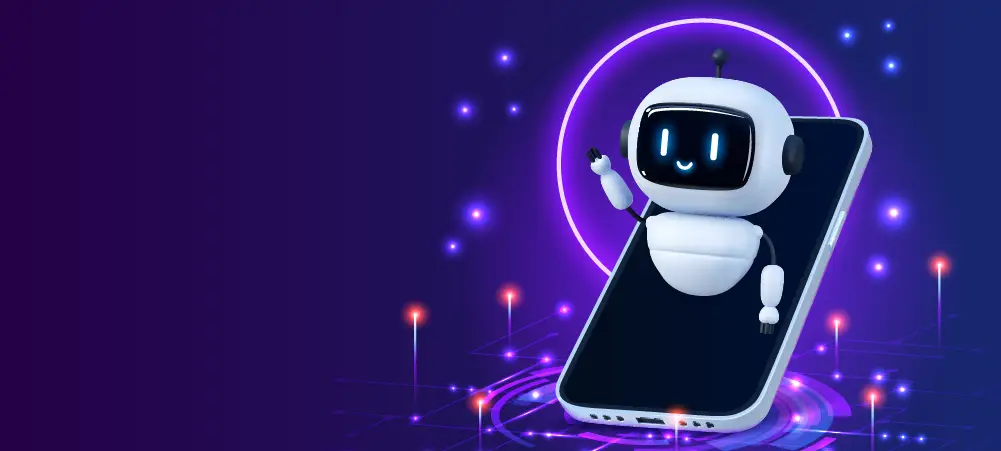ChatGPT: A Digital Companion in the University Classroom


Within the academic corridors with its hustle and bustle as the ultimate knowledge centre, there is an incomparable figure – a digital creation has become part and parcel of the university life as regard to such a phenomenon. It is ChatGPT in question, an AI model for language that targets both the student and the tutorship in the higher level of learning.
Entering a full lecture room with interested people staring at you, their notebooks opened, and their pens ready is something one would imagine. There among them is ChatGPT, though you cannot touch or see it. The professor gets on stage, and all of a sudden there is tension filled anticipation in the room.
Why is ChatGPT present in a college classroom is the big question? Text-based conversation models simply crave for knowledge, hence, their location in classrooms, right?” This is due to the insatiable quest of data by it. This is incredibly curious hence the seemingly endless fascination for knowing more going beyond what can be no more than that of professional readers who are engrossed in hardcover publications for self-improvement purposes but never satisfied.
As the lecture goes on, ChatGPT starts working extremely fast taking in data and coming up with ideas that would amaze even the most experienced professor. However it’s not just about pooling facts and figures, ChatGPT digs into the themes at a profound depth which insinuates knowing underlying principles and theories backing human thinking and creativity.
Besides watching over silently, ChatGPT takes an active role during class talks, giving its own viewpoint about various subjects including math and literature. Being nearby when students ask questions, ChatGPT stands prepared offering online assistance, if one needs further explanation or more practical samples.
“But possibly what actually differentiates ChatGPT is how it can change & improve across a period of time. With every talk done, with each new piece of information integrated into it, ChatGPT becomes smarter by getting better at moving through most complex world of human knowledge”.
Certainly, the situation is not one that is devoid of challenges for ChatGPT in an academic setting. It also faces some problems as a newcomer would usually do. It gets sometimes confused and even frustrated due to the nature of difficult terms or ideas used here. However, despite these rocks along the way, the system keeps moving; it shows that it is determined to even tackle more issues.
That’s the beauty of ChatGPT’s presence in the university classroom—it complements human intelligence rather than replacing it. In a world where technology appears to often push us apart, ChatGPT acts as a bridge where human beings and machines can share the same desire for knowledge and comprehension.
The final bell has rung, and now the students are walking out of the lecture hall while the day’s lesson still runs in ChatGPT’s thoughts like a machine stuck in virtual motion, even as it plans on learning something new tomorrow. Technology has always held the key to all human possibilities and ChatGPT can’t help but see this every day.
In the end, despite being a collection of algorithms and code, ChatGPT forms more than this in a college classroom—it stands for a chance of possibility, showing that there is no limit to human genius and creativity. So long as individuals yearn for information, ChatGPT will never be absent in their quest for self-discovery.
Authored By

Dr Bharti Arora
Assistant Professor (Sel Grade)
Department of Applied Sciences,
The NorthCap University, Gurugram
LinkedIn profile: https://www.linkedin.com/in/dr-bharti-a-b8a613b4/
Research areas: Biophysical Chemistry, Bioinformatics, Material Chemistry, Nanotechnology in Water Purification, CNT
